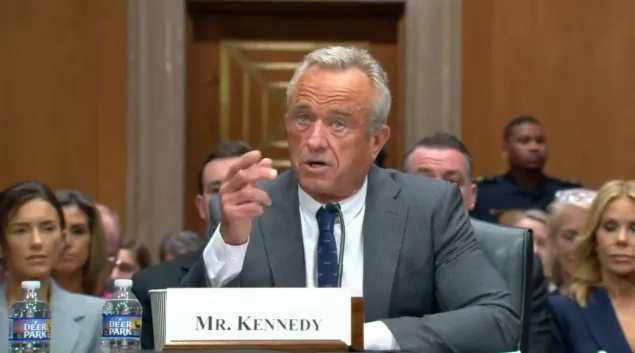@font-face { font-family: "MS 明朝"; }@font-face { font-family: "Cambria Math"; }p.MsoNormal, li.MsoNormal, div.MsoNormal { margin: 0in 0in 0.0001pt; font-size: 12pt; font-family: "Times New Roman"; }.MsoChpDefault { font-size: 10pt; }div.WordSection1 { page: WordSection1; }
The comments on Stage 2 meaningful use guidelines are flooding into government offices fast and furious. Understandably, they are fraught with worries – the stakes are high.
Seize the day or delay the move? Those seem to be the choices – at least at first glance.
Several influential organizations have weighed in on various aspects of meaningful use as the country moves toward Stage 2 – even as it has barely begun Stage 1.
Two of them, used to working together on many industry projects, seem at odds. CHIME, whose membership includes 1,400 CIOs and IT managers across the country, advocates for moving the deadlines back for Stage 2. HIMSS, with 31,000 members in the healthcare IT field, says to push forward now, lest the opportunity be lost.
“CHIME believes that it would not be prudent to move to Stage 2 until about 30 percent (of eligible hospitals and eligible providers) have been able to demonstrate EHR MU under Stage 1,” reads the organization's letter, signed by CHIME President and CEO Richard Correll and Lynn Vogel, MD, chairman of the CHIME Board of Directors and vice president and CIO of the Universtiy of Texas M.D. Anderson Cancer Center. “We believe this approach would strike a reasonable balance between the desire to push EHR adoption and MU as quickly as possible and the recognition that unreasonable expectations could end up discouraging EHR adoption if providers conclude that it will be essentially impossible for them to qualify for incentives.”
In a statement issued Feb. 21, meanwhile, HIMSS urged its membership to “act now,” while acknowledging that each healthcare organization faces a unique decision.
“In the end, you must make the decision that is right for your healthcare organization and your patients,” wrote HIMSS President and CEO H. Stephen Lieber. “We believe the time to act is now – the nation needs better quality care and greater cost-efficiencies. Health IT is a powerful tool to achieve this transformation. Let us not waste this opportunity – for our patients and for our future.”
In comments published Feb. 21 in the HIMSS Daily Insider, distributed at the organization’s annual conference in Orlando, Fla., Lieber said, “We feel confident in the regulatory support and funding here and now.” He alluded to a proposal put forth by Republican leadership in Washington D.C. to repeal all unobligated funds for electronic health record incentives under the HITECH Act as introducing an element of uncertainty.
On March 4, HIMSS’ own EHR Association, made up of 41 member companies who are the major suppliers of electronic health record systems across the country, raised another uncertainty: Will the vendors be ready to meet the specifications for Stage 2?
These are the kind of questions that keep ONC chief David Blumenthal, MD, up at night.
“I worry that we will ask too much of providers or that we will ask too little,” Blumenthal said last month. “I worry about whether we’ve found the balance between the vision and practical. And that’s what we do here every day of the week. We try to find that balance.”
Blumenthal is leaving his post in the spring to go back to teach at Harvard Medical School. His talent, brainpower and steadfastness have been invaluable to setting the course and moving forward on transforming the nation’s healthcare system into a digital one.
But there are many other capable people with common sense, wisdom and vision to continue the work – Farzad Mostashari, MD, who serves as deputy national coordinator for programs and policy at the ONC, and Doug Fridsma, MD, who is the acting director at the ONC’s Office of Standards and Interoperability, to name just two – and, of course, the federal Health IT Policy and Health IT Standards panels.
We trust they will continue to make measured decisions, strike the right balance and work with confidence and optimism.
@font-face { font-family: "MS 明朝"; }@font-face { font-family: "Cambria Math"; }p.MsoNormal, li.MsoNormal, div.MsoNormal { margin: 0in 0in 0.0001pt; font-size: 12pt; font-family: "Times New Roman"; }.MsoChpDefault { font-size: 10pt; }div.WordSection1 { page: WordSection1; }
As Blumenthal puts it: “Creating the optimism and a sense of inevitability is a big task, and essential to our success.”


